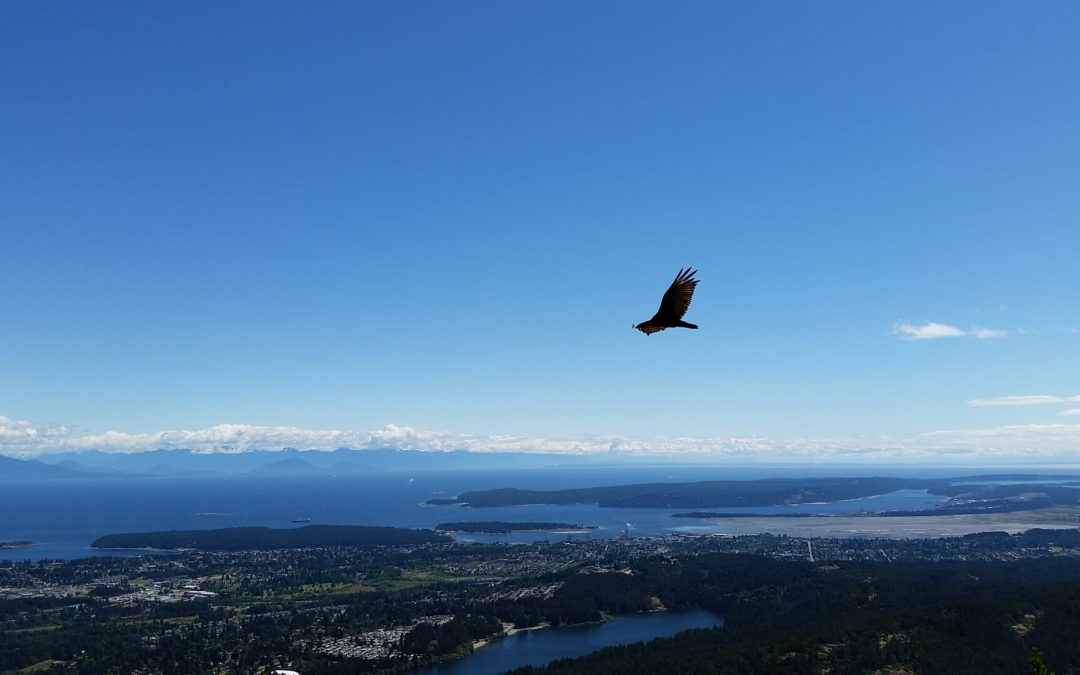The wetlands of Nanaimo are a precious ecological resource. To understand their natural values they need to be properly mapped, classified and monitored. This wetlandkeepers course will give you the tools to help steward our local wetlands.
Sign up now for the 2021 Wetlandkeepers training course, held on Saturday April 10 and Sunday April 11. T
There is limited space, so don’t delay in contacting Linda Brooymans stewardship@nalt.bc.ca to sign up.
The course will teach you how to map, classify and assess the ecological integrity of our precious local wetlands. We will be trained to use a protocol specially developed by professional biologist Ryan Durand for use by volunteer stewards. Ryan has trained many volunteer stewards in the use of this protocol in other parts of BC with great success.
This course will be run in the field from 9:00am to 3:00pm on both Saturday and Sunday. Be sure to dress for the weather. Bring rubber boots AND/OR hip waders if you have them. Bring a lunch.
Ryan Durand, MSc., RPBio. is an ecologist with EcoLogic Consultants. He has spent the last 20 years working on a wide range of ecosystem classification and mapping, vegetation inventories, and rare species surveys. Over the last ten years Ryan has focused on wetland mapping, classification, and restoration. He has completed dozens of projects throughout western Canada and the arctic, including baseline programs for major projects, long term research, wetland restoration, teaching community groups and professionals’ wetland mapping and classification, and writing effects assessments for Environmental Assessments.
Nanaimo Area Wetland Assessment and Monitoring Program
NALT is launching a Nanaimo Area Wetland Assessment and Monitoring Program where we assess the ecological health of local wetlands and create plans for monitoring of vulnerable species and for restoration of poorly functioning wetlands. We hope that participants in this course will be willing to assist us in collecting data on our local wetlands with the goal of collecting data on 3 to 5 wetlands a year.
